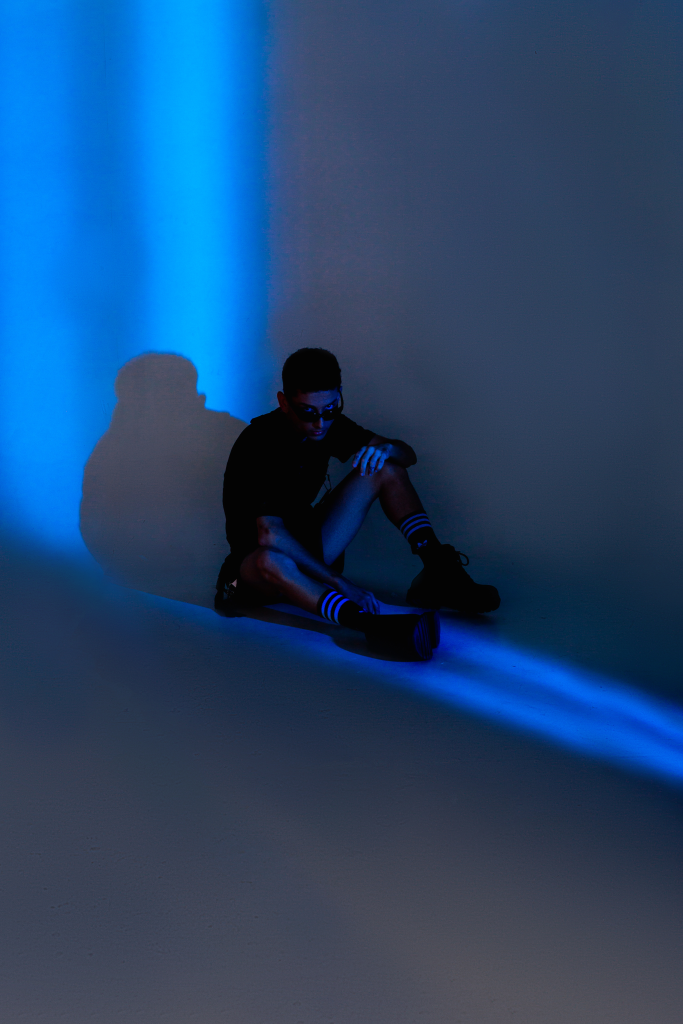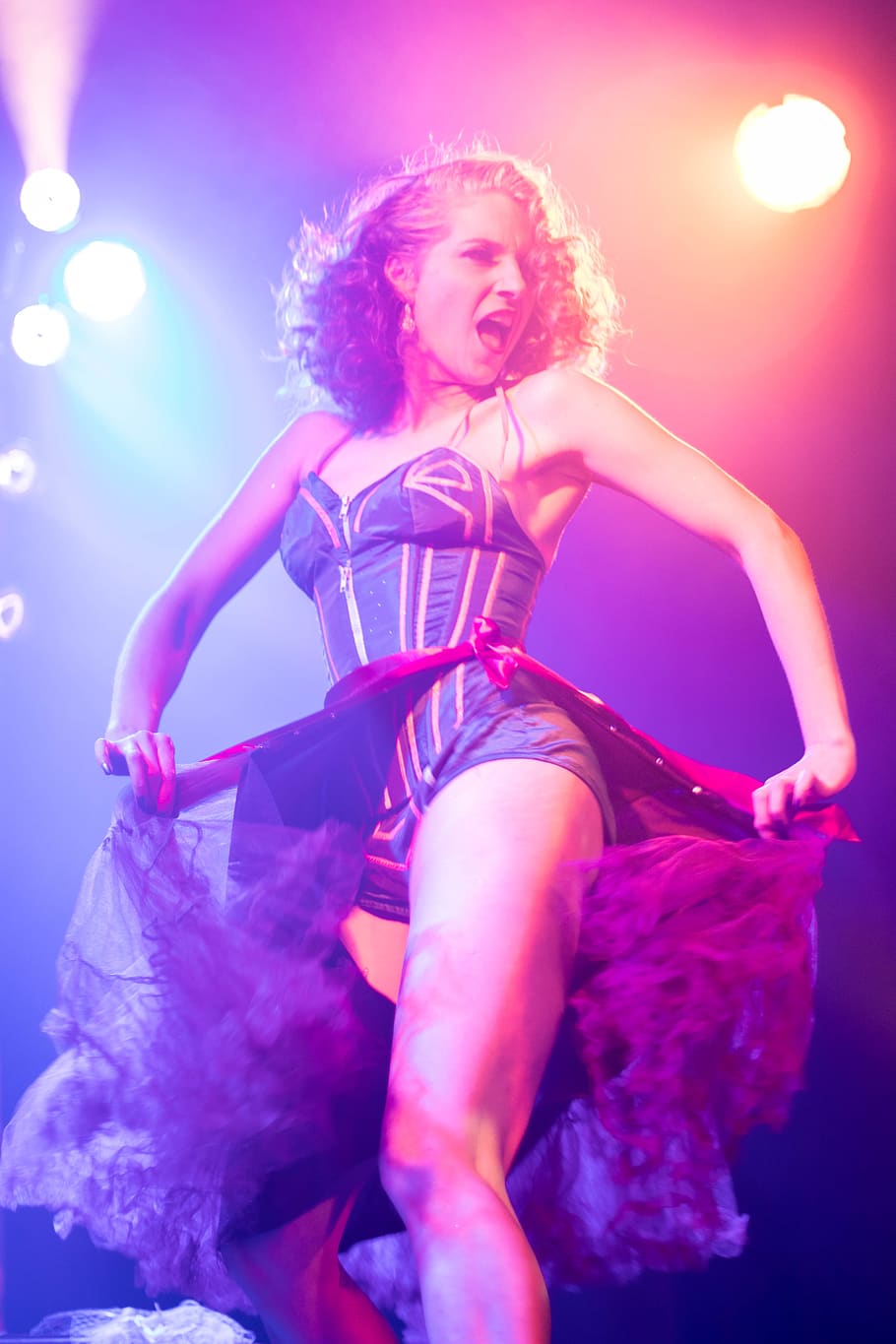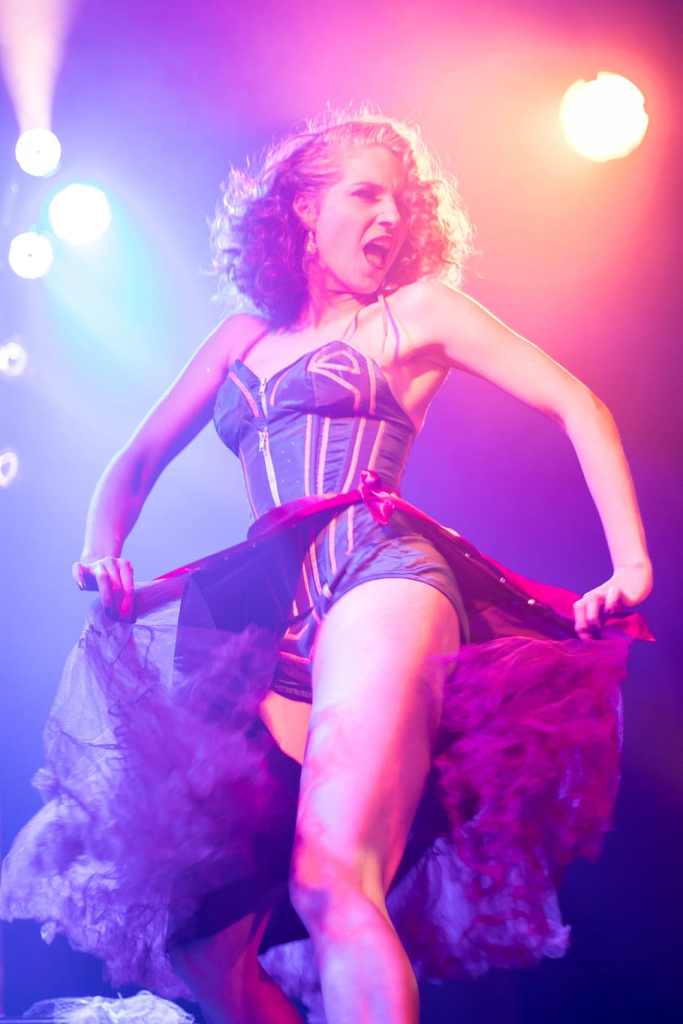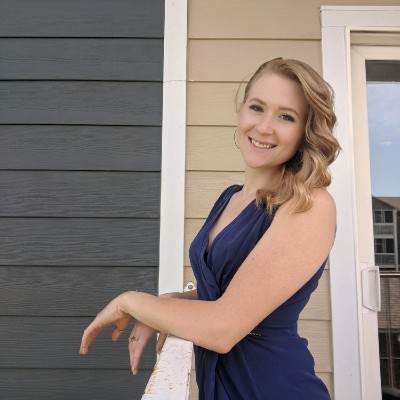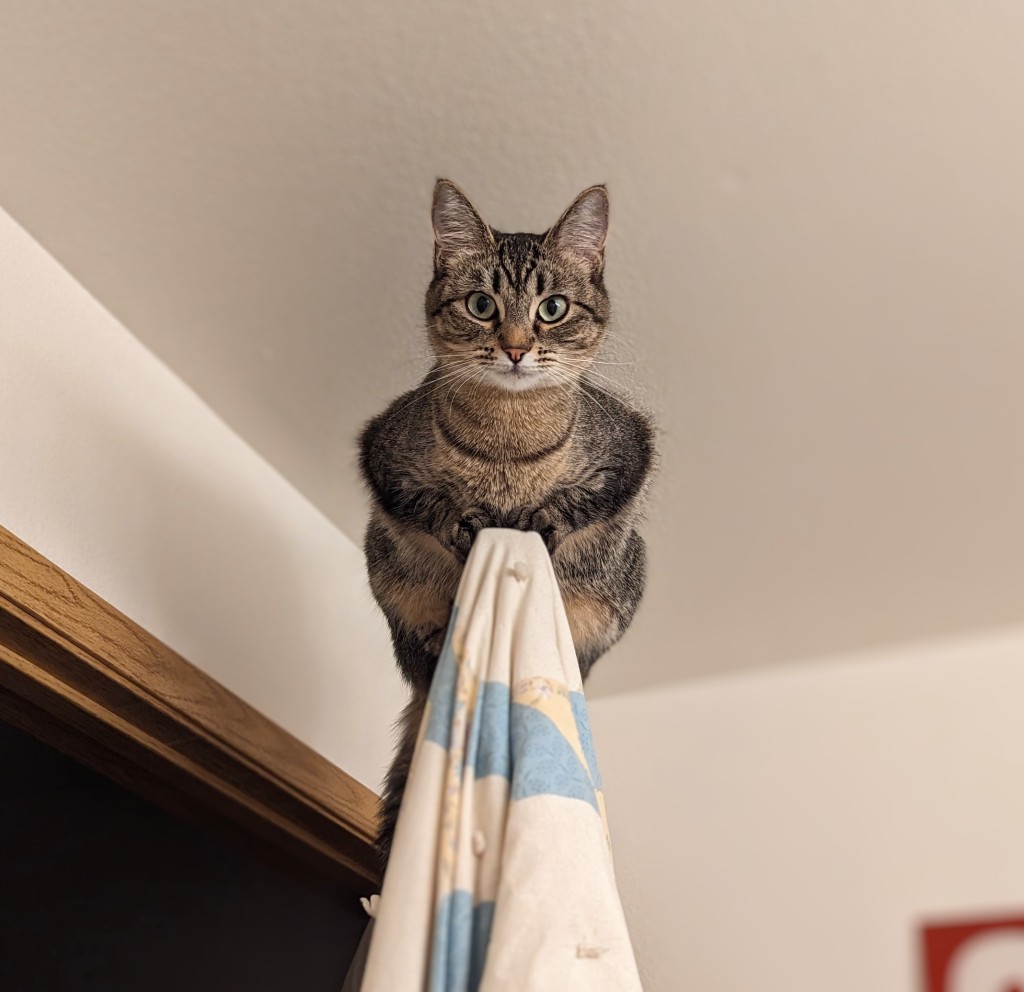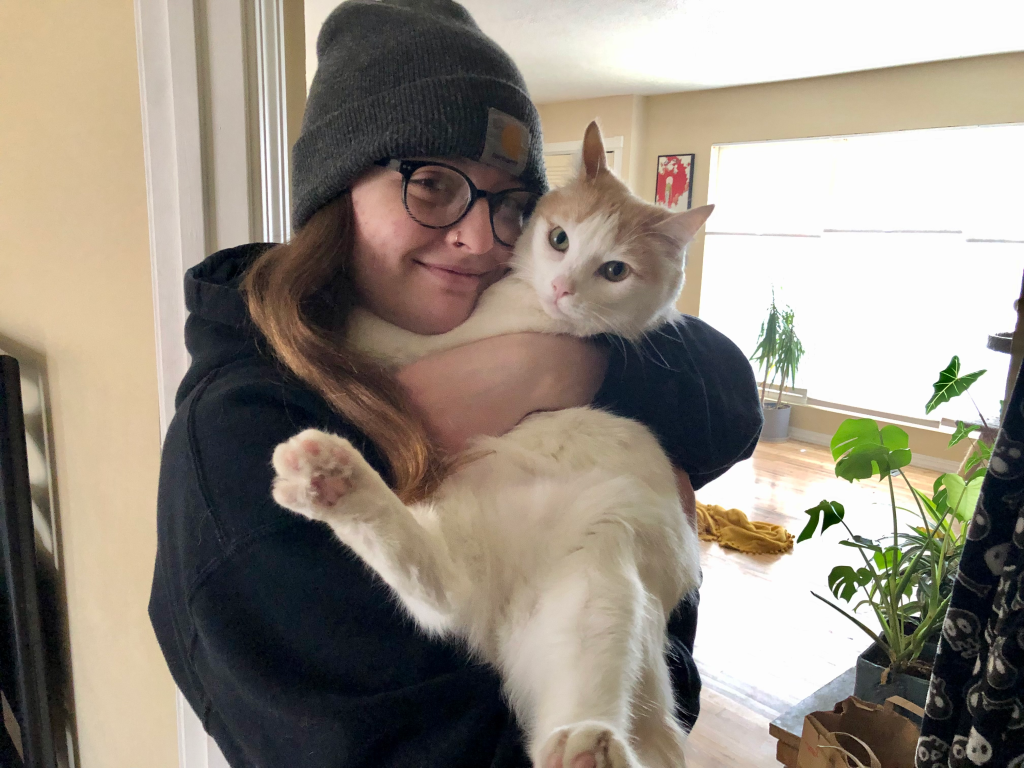By Emily Reese

https://www.plannthat.com/create-a-holidays-gift-guide/
It’s that time of year again. The car needs to be warmed up for 20 minutes before you can drive it and you shiver the whole time you take your dogs to the bathroom. At least the snow is pretty (when/if it ever comes). Of course, skiing and snowboarding are the saving grace of the winter season, given that you have the financial means to access these luxuries. Oh yeah, then there’s the holidays. If you’re into that sort of thing. I hate to sound like a Grinch, but the holidays are rather lackluster for me. I can really do without the Christmas songs playing everywhere the day after Thanksgiving and the pressure to spend hundreds of dollars on gifts for people you don’t really know. But more than that, the holidays can be especially tiresome and stressful for those who may not align ideologically with their family or those who carry out the majority of the tasks associated with the practices that occur during the holidays. Maybe some of you are still reeling from Thanksgiving, and with Christmas quickly approaching, it doesn’t seem like there’s much time available to recover and reflect. In this article, I’d like to explore some of the reasons why the holidays can be particularly draining and suggest some ways to mitigate some of the wintery burnout.

https://pixexid.com/image/a-minimalist-papercut-christmas-tree-made-of-green-construction-paper-stands-alo-06uv06u1
I can quickly think of a handful of cliché stressors that come from the holidays. Aunty Beth asking if you have a partner yet. Grampa Richard complaining about lazy youth and the disintegration of “good old fashioned American values.” Cousin Susan’s had too much wine and keeps pinching your cheeks, and there’s a weird uncle whom you barely know sulking in the corner. All under a haze of twinkly lights and the smell of icy pine. But other than the general awkwardness and social discomfort that some of us know so well, there are other experiences that are much more emotionally challenging. Such as the experience of a girl named Vivian, whose identity isn’t welcome in her family.
“I came out as a trans woman to my family several months ago and I haven’t had a holiday with my extended family yet. I know my mom is coming around, but my dad isn’t, and no extended family knows. I’m worried about whether I’ll have to pretend to be a boy for a week or if I’ll even be welcome at all. I’m dreading constantly being misgendered and treated like the nephew grandson I always presented to them, rather than who I actually am. I’m dreading disguising myself just to make my family happy at my own expense.”
Vivian
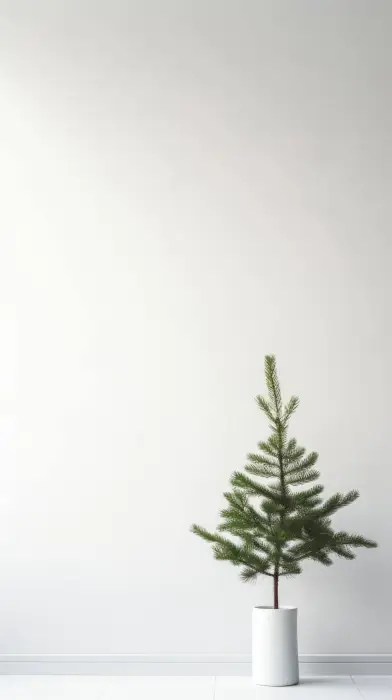
https://pixexid.com/image/the-shape-of-an-evergreen-tree-stands-out-alone-against-a-clean-linen-white-back-7bfqn70g
Trans exclusionary families are only one piece of a very painful pie that many share throughout this season. For some, holidays bring reminders of all the people that they’ve lost or can’t be with, for whatever reason. It can be hard to see others floating around in candy-cane colored bliss bubbles when your holiday plan only involves you, the couch, and a lonely bottle of Cook’s. American holidays have become the Season of Excess. While many are feeling sad and lonely while watching Hallmark films alone in the dark, others are constantly swamped with expectations and demands from their family, extended family, and their extended family’s dog. Even the weird uncle in the corner makes it known that if there are no deviled eggs present on the dinner table, he will have a certified breakdown. Often, the labor involved in shopping for groceries, making the meal, sending the invites, decorating the house, organizing the guests, and however many other logistical hurdles need to be jumped over, falls on the matriarch of the family. If not exclusively on the matriarch, then the matriarch and very few others are tasked with managing the needs of a big, diverse, complicated nebulous of people. Not only is this work expected, but around the holidays, this work and the home in which it takes place, becomes symbolic. The home and decoration of it become the visual representation of the family story and values that it holds.
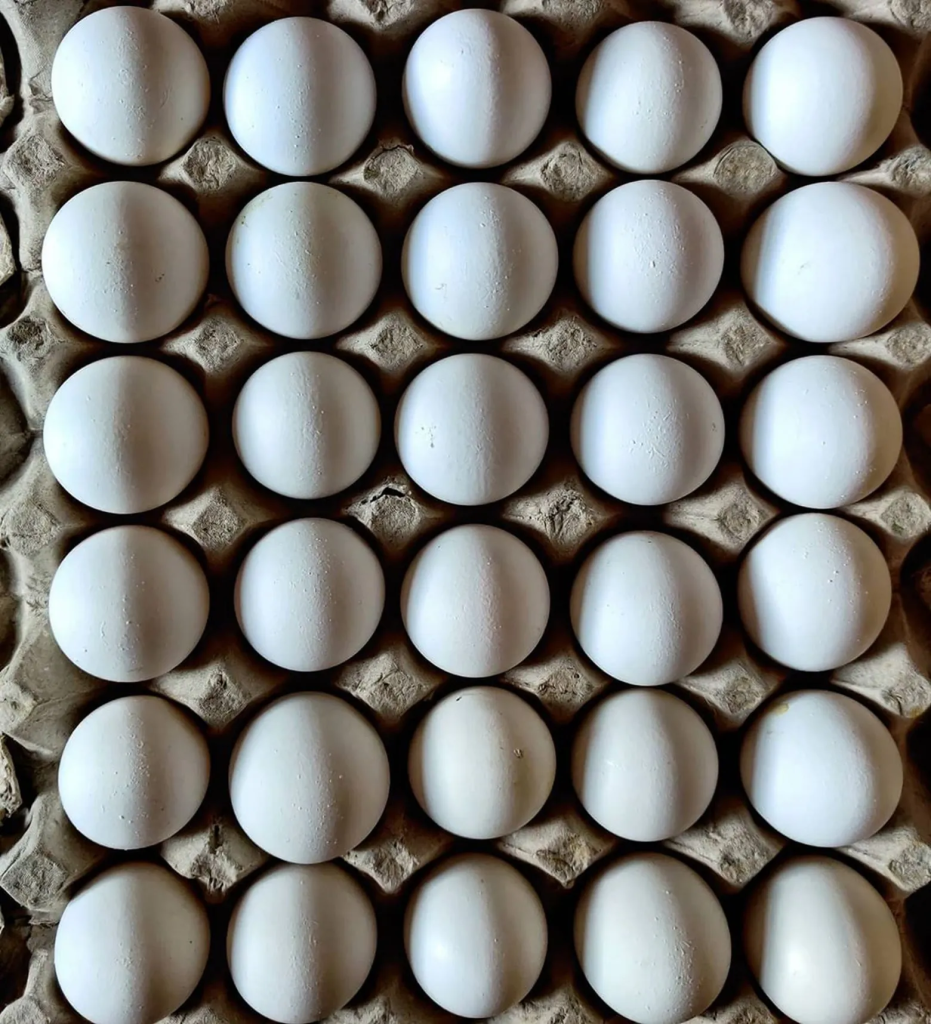
https://pixahive.com/photo/tray-of-eggs/
So how do we navigate all these challenges? How do we stay sane and if not enjoy, survive, the holiday season? Firstly, make sure to have an ally attending any event with you. If you are in a position like Vivian or feel like your identity and values will need to be hidden or interrogated, it can be helpful to have someone there whom you know will be on your side and have your back if things get tense. Additionally, it can be helpful to have an exit strategy, whether that’s a friend calling you with a fake emergency, or letting people know in advance that you’ll only be there for a set amount of time. Having an exit strategy and knowing that you can leave may make it easier to step into a space with reduced anxiety. As scary as the second piece of advice is, it may help to have some emotional conversations with family members. It may look like sharing your authentic feelings with only a select few family members, or only talking about safer subjects, but allowing someone to see your humanness and allowing yourself to see theirs can smooth some of the combative tension. If your holidays are being spent alone, for whatever reason, I’d say give yourself a gentle pass this year. If it’s grief or loneliness, make yourself your favorite meal, eat a whole pie, and let yourself cry if that’s what you need. Offering to volunteer at community buffets or outreach programs are an especially beneficial option to engage in loving company and actions. Lastly, I know this is a tricky one too, but you can ask others for help. Whether that’s delegating tasks, asking for affirmations and acknowledgements of appreciation, or asking to be a guest this year instead of hosting. Communication is key here, as with everywhere else.
If you’ve made it to the end of this article, and you’re a certified Christmas super fan with the perfect holiday plans, I wish you nothing but joy this holiday season. Drink your hot cocoa, text your friends and family, check in, and make sure that they’re doing okay this time of year. Regardless of religion, holiday engagement, or family situation, we’re all just trying to make it through the dark, cold winter.







